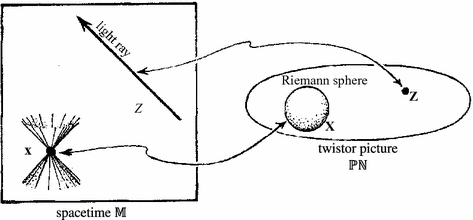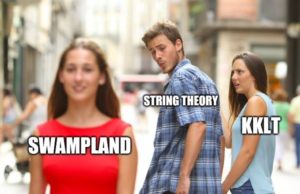For presentations a couple days ago at the latest HEPAP meeting, see here. One piece of news, from this presentation, is that there likely will be a delay in the scheduled startup of the HL-LHC, with the next LHC run (Run 3) extended for an additional year (through 2024), and the next shutdown (LS3) extended by a half year. The HL-LHC would then start physics in 2028.
Most of the HEPAP discussions have to do with funding. The pattern of recent years has been one of huge decreases in funding proposed by the Trump administration. These are completely ignored by both the Democrats and Republicans in Congress, which passes large increases in funding (then signed into law by Trump). For FY2020 this continues: at DOE the HEP budget for FY2019 was \$980 million, for FY2020 the White House budget request was a massive cut to \$768 million. This was taken no more seriously by anyone than the last few of these, with the FY2020 House Mark \$1,045 million, the Senate Mark \$1,065 million. The FY2020 budget remains to be finally finished and passed, in the meantime the federal government has been operating under a sequence of continuing resolutions.
Specifically on theory funding, JoAnne Hewett has a presentation on The State of Theory. It has no numbers in it, but the DOE numbers given here show an increase from \$60 million in FY2017 to \$90 million in FY2019 for Theoretical, Computational and Interdisciplinary Physics. But within this category, pure theoretical HEP is pretty flat, with big increases for Computational HEP and a huge new investment in Quantum Information Science (\$27.5 million in FY2019). There does seem to have been some sort of decision to de-prioritize conventional theoretical HEP in favor of newer trendy areas.
Hewett describes the general consensus on current problems with theory funding as
- Universal concern on ever decreasing levels of funding for university groups: concern that university programs are dying.
-Private institutions attempt to offset cuts with non-federal funding sources.
-Cuts to program further accumulated in 2019. Many postdocs learned in May 2019 that their contracts would not be renewed for the fall. It was then too late to apply for new positions. - Lab theory programs are also losing researchers.
- Even distribution of cuts across U.S. theory program has indirect proportional effect to small programs.
- Large fluctuations cycle-to-cycle is making groups less cohesive and more inclined to opt for “safer” research projects.
- There is the perception that the recent emphasis on QIS comes at a cost to more traditional HEP theory research.
- Summer salary has been capped or reduced to 1 month in many cases. Removal of summer salary across the board is demoralizing.
and ends with
The situation is becoming increasingly unstable.
University-based theory is suffering its most serious crisis in decades.
Its future is in jeopardy.
It would be interesting to see some numbers on the size of new private research funding going to HEP theory (for instance funding from the Simons Foundation or the private funding of the CMSA at Harvard). I don’t know of such numbers but I’m curious whether what is happening is that the total funding level has seen reasonable growth, but increases in funding are going to a small number of elite institutions, with the rest of the field in decline.
On the question of caps or reductions in summer salary, I doubt that any significant number of researchers is reacting to only getting 1 month of summer salary by signing up for another job (e.g. teaching summer school) and not doing research during the other two months of the summer. There has been another huge influx of money to the field that in some sense replaces grant-funded salary supplements: the multi-million dollar Breakthrough Prizes. A sizable number of HEP theorists have now partaken in all or part of one of the \$3 million prizes. If you add in this money, on average HEP theorists may have been seeing significant increases in income, however with almost all of it going to a small number of people (at the same elite institutions that are doing well). What we’re seeing may just be the same trend as in the rest of the US economy: a move to a star system with ever larger increases in inequality.
Another problem for the field of HEP theory may be that funding is stagnating because the DOE and NSF are skeptical about its intellectual health. Hewett notes that “Formal theory resides solely in university environment and has undergone significant funding cuts.” Trying to make the positive case for this part of the field, she lists three areas of advances, but oddly, the first two are identical. The two areas of advances in formal theory she describes are:
Advances in strongly coupled quantum field theory (gravity/field theory duality, bootstrap program, amplitudes) has implications for particle physics, cosmology and beyond.
Geometric advances in particle physics constructions from String/F-theory has implications for the “swampland program”.
For the second of these, it’s quite possible that most physicists don’t see this as an advance at all.
Update: Physics World has more about the delay here. It is supposed to be announced on Tuesday. The cause evidently is a budget gap caused by some planned contributions from non-member countries now not happening. The story doesn’t explain which non-member countries are involved or why their planned contributions are now not expected.



